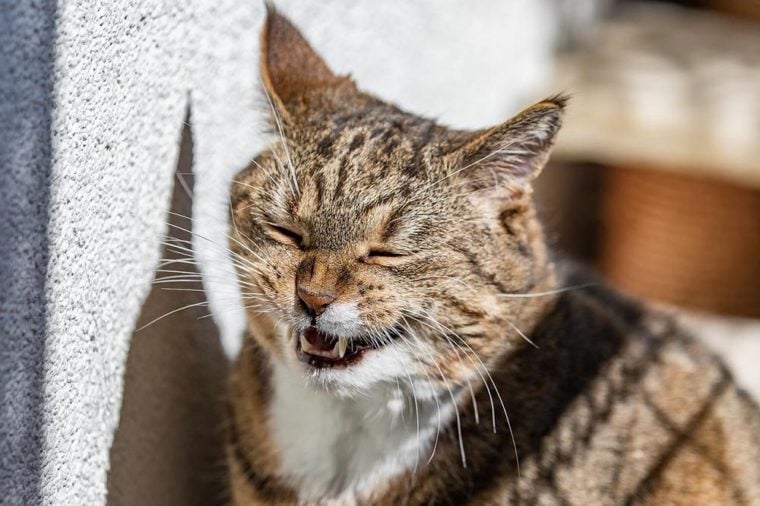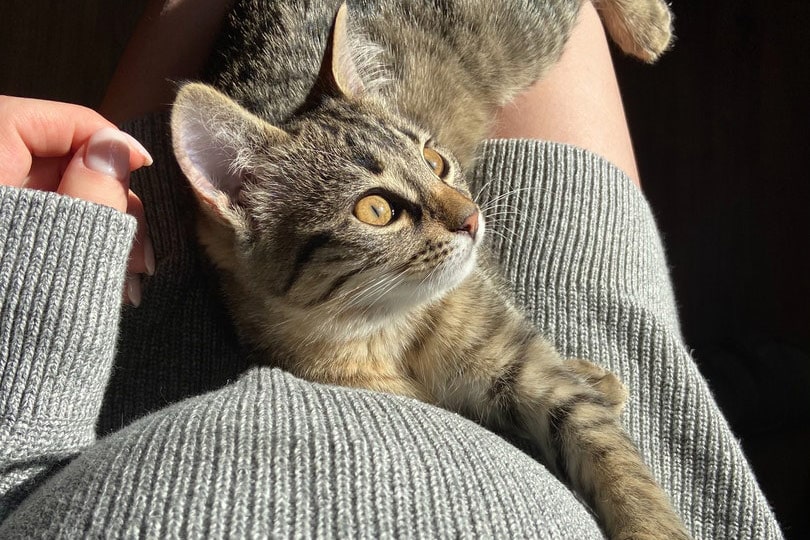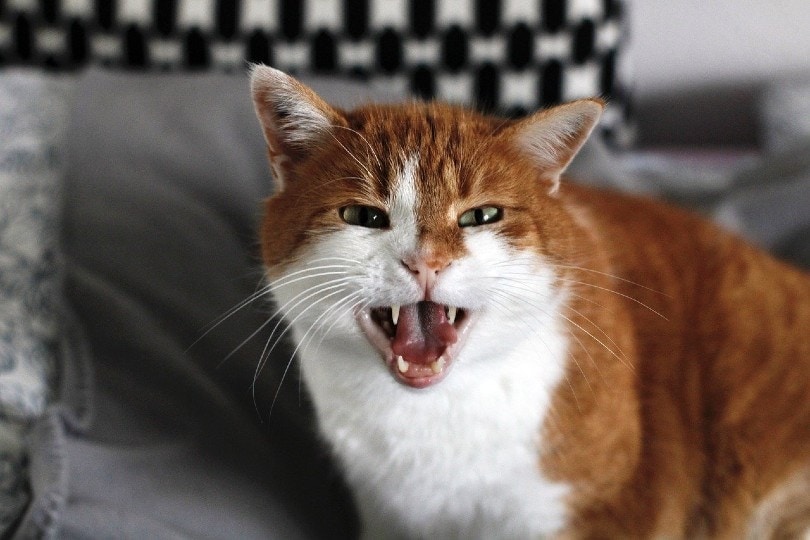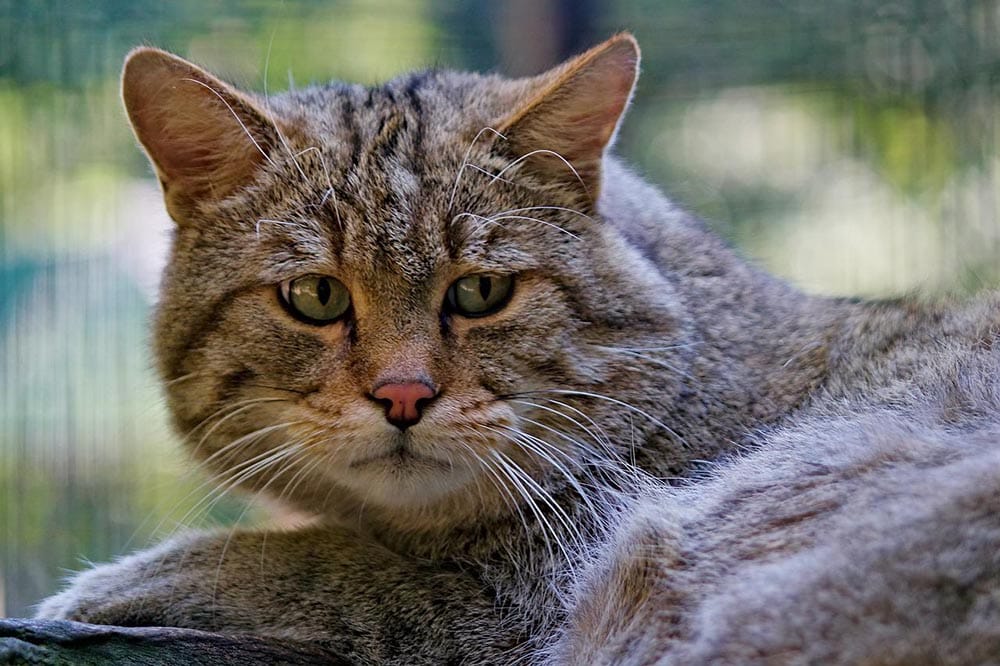
Cats are popular pets around the world and for good reason. They tend to be sociable when everyone is home, yet they typically do well alone while everyone is at work and school. They like to play, hunt, and cuddle up for cat naps often throughout the day. So, do cats have emotions? They sure do! There are many types of emotions that a cat might feel at any given time, depending on the situation that they are in. Here are seven emotions that all cats are able to feel.
The 7 Emotions That Cats Can Feel
1. Affection
One important emotion that cats can feel is affection. This usually builds when they experience a beneficial relationship with a human or another animal. Affection is reserved only for those that a cat fully trusts. Cats may show their affection in many ways, such as grooming you, purring while you pet or hold them, showing their belly to you, and even blinking at you slowly.
2. Attachment
Cats can get attached to a person, similar to how young children can get attached to a close caregiver whom they are consistently around. If you spend a great deal of time with your cat, you can bet that an attachment will develop as time goes on. You will know that your kitty is attached to you if they rub against you to try to leave their scent on you, knead your hands, arms, or legs, and contently purr whenever you come home.

3. Fear
Cats can be fearful of people, places, or things, particularly when they feel threatened in some way. Barking dogs, loud people, and even crinkly bags can make a cat afraid, especially if they are not in a place that they are familiar with. When a cat gets scared, they might raise their fur and hiss, run away and hide, become aggressive toward the threat, or just freeze in place.
4. Aggression
According to the ASPCA, aggression is the second most common negative emotion in cats that animal behaviorists have observed. Aggressive cats can be just as dangerous as any other aggressive domestic animal, so they should be taken seriously. They can bite, scratch, and attack people and animals that they deem to be threats. An aggressive cat might swipe, claw, or jump on their target after warning them with hisses, howls, and a stiff body.

5. Sadness
Cats can become sad just like humans do. Sometimes, the sadness turns into depression if it is not addressed. Cats become sad and depressed for various reasons, but notable ones include the loss of a family member, a move to a new home, a physical health problem, or a significant change in a family member’s schedule. Sad and depressed cats can gain a sense of normalcy again if their caretakers recognize the sadness and take steps to address it.
6. Loneliness
One emotion that cats have that we humans can identify with is loneliness. This emotion tends to develop when a cat is left to spend most of their time alone in the house. Loneliness is sometimes unavoidable when living in a busy household of human family members. Adding another cat or pet that your cat can get along with can help with the loneliness. Signs of loneliness include using the bathroom outside the litter box, excessive sleeping, and destructive behavior.

7. Happiness
The best emotion that we could wish our cats to have is happiness. Cats are happy when they are content with their lives and healthy in general. They require exercise, plenty of social time with their family members, a healthy diet, and a safe, warm place to sleep. Anything missing can reduce the happiness of your cat. You can tell that your kitty is happy because they purr frequently, enjoy your company, cuddle with family members, and take part in household experiences, like movie watching.
Conclusion
Cats can feel all kinds of emotions, so it is important to take note of their attitudes, temperaments, and behaviors. If anything seems off, it’s a good idea to contact your veterinarian. In general, it is normal for cats to show different types of emotions.
Featured Image Credit: Mike_68, Pixabay






